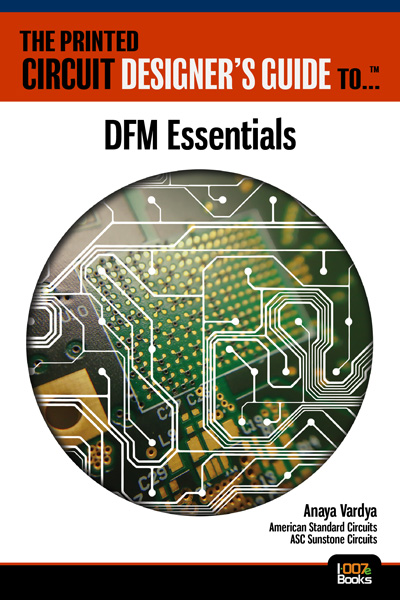Stretchy, Washable Battery Brings Wearable Devices Closer to Reality
December 13, 2021 | University of British ColumbiaEstimated reading time: 2 minutes
UBC researchers have created what could be the first battery that is both flexible and washable. It works even when twisted or stretched to twice its normal length, or after being tossed in the laundry.
“Wearable electronics are a big market and stretchable batteries are essential to their development,” says Dr. Ngoc Tan Nguyen (he/him), a postdoctoral fellow at UBC’s faculty of applied science. “However, up until now, stretchable batteries have not been washable. This is a critical addition if they are to withstand the demands of everyday use.”
The battery developed by Dr. Nguyen and his colleagues offers a number of engineering advances. In normal batteries, the internal layers are hard materials encased in a rigid exterior. The UBC team made the key compounds—in this case, zinc and manganese dioxide—stretchable by grinding them into small pieces and then embedding them in a rubbery plastic, or polymer. The battery comprises several ultra-thin layers of these polymers wrapped inside a casing of the same polymer. This construction creates an airtight, waterproof seal that ensures the integrity of the battery through repeated use.
It was team member Bahar Iranpour (she/her), a PhD student, who suggested throwing the battery in the wash to test its seal. So far, the battery has withstood 39 wash cycles and the team expects to further improve its durability as they continue to develop the technology.
“We put our prototypes through an actual laundry cycle in both home and commercial-grade washing machines. They came out intact and functional and that’s how we know this battery is truly resilient,” says Iranpour.
The choice of zinc and manganese dioxide chemistry also confers another important advantage. “We went with zinc-manganese because for devices worn next to the skin, it’s a safer chemistry than lithium-ion batteries, which can produce toxic compounds when they break,” says Nguyen.
An affordable option
Work is under way to increase the battery’s power output and cycle life, but already the innovation has attracted commercial interest. The researchers believe that when the new battery is ready for consumers, it could cost the same as an ordinary rechargeable battery.
“The materials used are incredibly low-cost, so if this is made in large numbers, it will be cheap,” says electrical and computer engineering professor Dr. John Madden (he/him), director of UBC’s Advanced Materials and Process Engineering Lab who supervised the work. In addition to watches and patches for measuring vital signs, the battery might also be integrated with clothing that can actively change colour or temperature.
“Wearable devices need power. By creating a cell that is soft, stretchable and washable, we are making wearable power comfortable and convenient.”
Testimonial
"Our marketing partnership with I-Connect007 is already delivering. Just a day after our press release went live, we received a direct inquiry about our updated products!"
Rachael Temple - AlltematedSuggested Items
SEMI Foundation Honors Applied Materials at SEMICON West with 2025 Excellence in Achievement Award for Talent Development
11/04/2025 | SEMIThe SEMI Foundation announced it recognized Applied Materials, Inc. with the Excellence in Achievement Award at SEMICON West 2025 in Phoenix, Arizona, honoring the company’s outstanding leadership and collaboration in building the next generation of semiconductor talent.
Sealed for Survival: Potting Electronics for the Toughest Environments
10/29/2025 | Beth Massey, MacDermid Alpha Electronics SolutionsElectronics deployed in harsh conditions face relentless threats from vibration, impact, chemical contaminants, airborne pollutants, and moisture, conditions that can quickly lead to failure without robust protection. Potting, the process of encapsulating electronics in a protective polymer, is a widely used strategy to safeguard devices from both environmental and mechanical hazards.
Driving Innovation: Mechanical and Optical Processes During Rigid-flex Production
10/28/2025 | Kurt Palmer -- Column: Driving InnovationRigid-flex printed circuit boards are a highly effective solution for placing complex circuitry in tight, three-dimensional spaces. They are now indispensable across a range of industries, from medical devices and aerospace to advanced consumer electronics, helping designers make the most efficient use of available space. However, their unique construction—combining rigid and flexible materials—presents a fundamental challenge for PCB manufacturers.
SMTAI 2025 Review: Reflecting on a Pragmatic and Forward-looking Industry
10/27/2025 | Marcy LaRont, I-Connect007Leaving the show floor on the final afternoon of SMTA International last week in Rosemont, Illinois, it was clear that the show remains a grounded, technically driven event that delivers a solid program, good networking, and an easy space to commune with industry colleagues and meet with customers.
ITW EAE Despatch Ovens Now Support ASTM 5423 Testing
10/15/2025 | ITW EAEAs the demand for high-performance electrical insulation materials continues to grow—driven by the rapid expansion of electric vehicles (EVs) and energy storage systems—thermal processing has become a critical step in material development.


